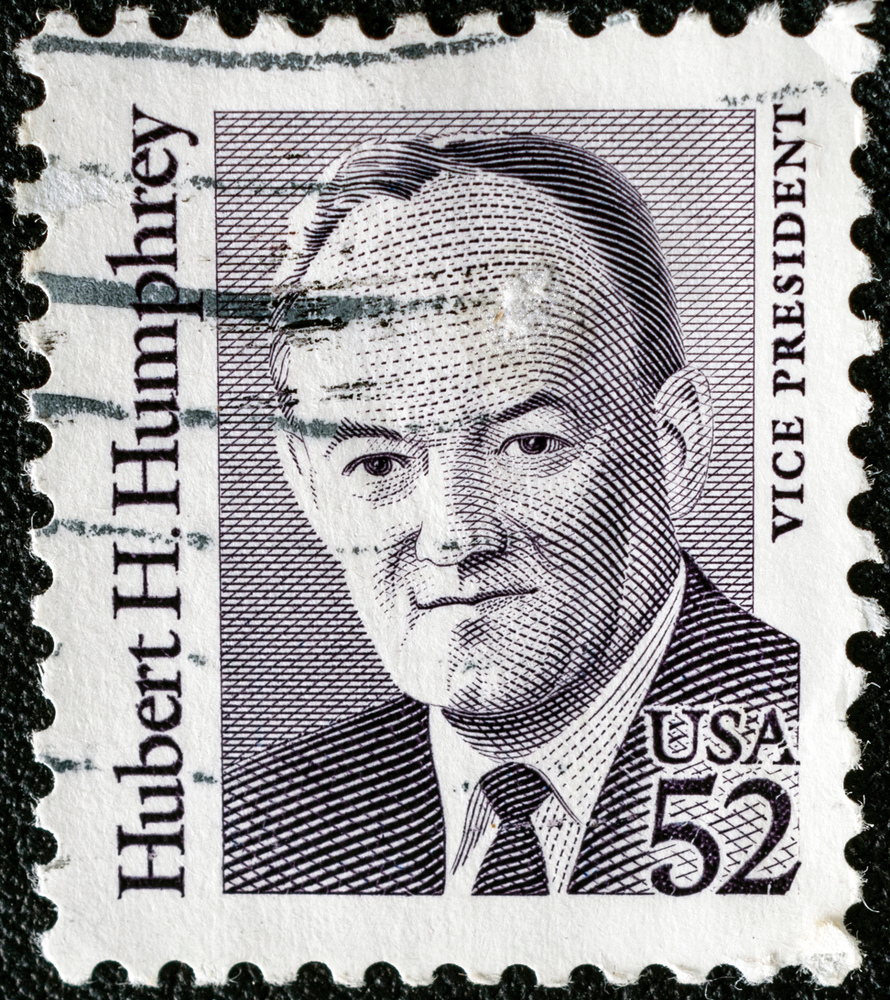On November 5, 1968, the three political parties in the United States – Republican, Democratic and Independent – presented their nominees for the presidential elections. That year, Richard Nixon emerged as the winner of the entire presidential election.
Richard Nixon was up against Hubert Humphrey of the Democratic party, and George Wallace of the Independent party.

The election was intense but Richard Nixon emerged the winner. So, let’s find out about the 1968 presidential election from the primaries until the final result.
Which Party Did Richard Nixon Run Under?
Before Richard Nixon made the decision to run for president of the United States, he had already served in the position of vice president of the country. He was a candidate for the office under the Republican party.
Who Did Richard Nixon Run Against in the Republican Party Presidential Primaries?
Richard Nixon belonged to the Republican party, which is famous for having notable politicians in their corner. Before Richard Nixon joined the presidential race, he was vice president. It was standard practice in every election for every party to have a preliminary election to decide who will run and represent them.
During the 1968 elections, Richard Nixon was up against Nelson Rockefeller, then-governor of New York, and Ronald Reagan, then-governor of California. There were also other candidates in the race but Richard Nixon won and became the forerunner of the presidential race.
Who Was Richard Nixon’s Running Mate?
Richard Nixon’s initial running mate for the presidential election was Henry Cabot Lodge Jr. However, the other Republican members didn’t feel like Cabot was an ideal option, leading them to have two other vice presidential nominees – Spiro Agnew and George W. Romney.
Spiro Agnew emerged the winner by a significant difference in vote count. He won the primaries because he was the governor of Maryland, giving him an edge amongst the Southerners. Furthermore, he was vastly experienced with domestic issues, making him the perfect running mate for Richard Nixon.
Well, the Richard-Nixon presidential ticket beat every other person in the race, proving the pair ideal.
Who Did Richard Nixon Run Against?
In the 1968 election, Richard Nixon went up against Hubert Humphrey from the Democratic party and George Wallace of the Independent party. He became the 37th president of the United States and was one of the best leaders in the country.
How Many Votes Did Richard Nixon Have Against His Opponent When He Won the Election?
The 1972 election was one of the rarest in the history of America. Richard Nixon won the election by a landslide. He was the first, and up till 2022, the only president to win with over 60% of the total votes.
The overall number of votes in the 1972 election (Richard’s second tenure) was 76,341,932. America’s population was over 209 million in 1972, meaning that almost 50% of the country voted. And out of everyone that voted, 60.7% cast their votes in support of Richard Nixon, while his opponent, George McGovern had 37.5% of the total votes.
So Richard Nixon had 47,168,710 votes, most of which came from California. He had 49 out of the 52 states completely cleared in his name. It was the first time in history that California would have more votes than New York. George McGovern won the election in just two states, including Washington D.C.
Since the 1972 elections, nobody has been able to achieve what Richard Nixon did during the elections.
Who Did Richard Nixon Run Against for His Second Term?
Richard Nixon ran for a second term after his first tenure ended as president in 1972. While he was the incumbent president, he still ran with the Republican party. The president ran against George McGovernor, an American historian, senator, and politician from South Dakota.
Richard Nixon’s victory was a breeze because he had over half of the total votes, with most of his votes coming from the south. One of the reasons his victory was amazing was because his opponent was a Southern politician.
What Did Richard Nixon Achieve as President?
Before Richard Nixon assumed office, he had one aim – peace. He fulfilled what he promised because he was able to stop the American war in Vietnam. Additionally, he also reached amiability with China and USSR.
America also suffered terrible inflation after World War II. To counter this, Richard Nixon issued an Executive Order imposing a 90-day freeze on prices and wages to counter the inflation, and his plan worked.